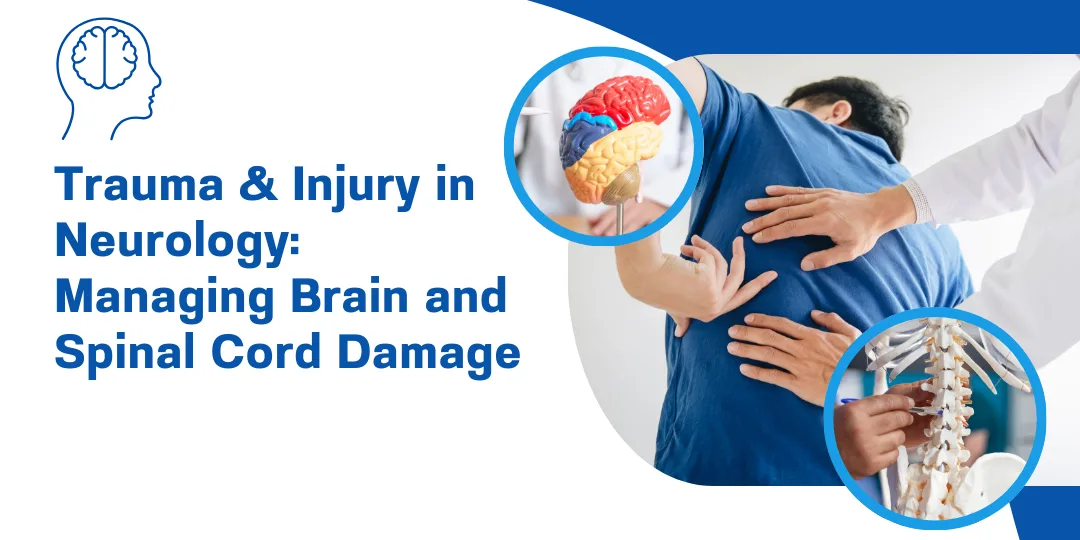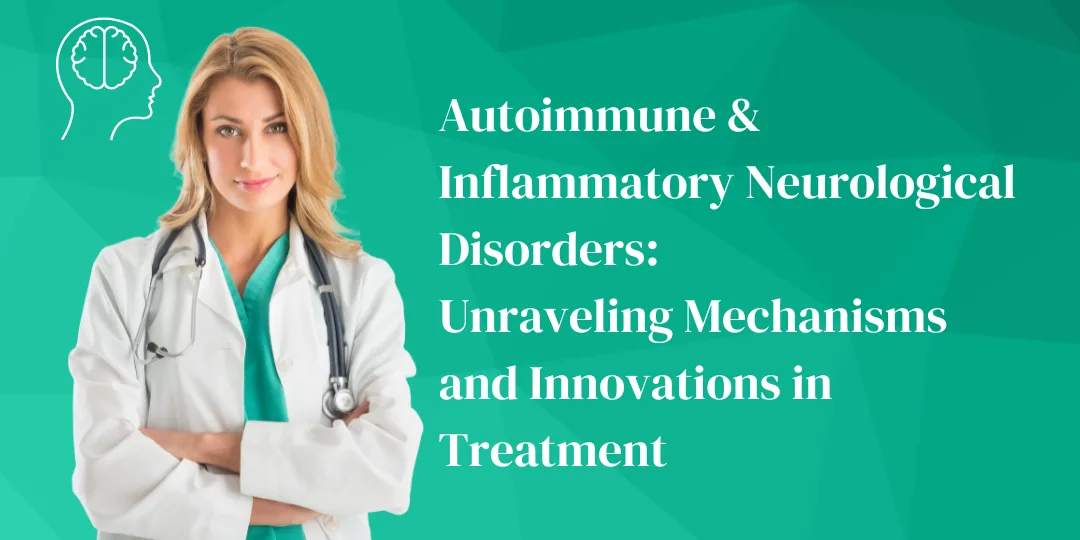Neuromuscular disorders encompass a wide range of conditions that affect the nerves controlling voluntary muscles, leading to weakness, fatigue, and mobility issues. These disorders, including peripheral neuropathies, muscular dystrophies, and spinal muscular atrophy, can significantly impact quality of life. In this blog post, we’ll explore the causes, symptoms, and cutting-edge treatments for these complex conditions.
Peripheral Neuropathies: Diabetic, Chemotherapy-Induced, and CIDP
Peripheral neuropathies result from damage to the peripheral nerves, often causing pain, numbness, and weakness. Diabetic neuropathy is a common complication of diabetes, while chemotherapy-induced neuropathy affects cancer patients. Chronic inflammatory demyelinating polyneuropathy (CIDP) is an autoimmune disorder. Treatments include pain management, physical therapy, and immunotherapies like IVIG.
Muscular Dystrophies: Gene Therapy and Muscle Biopsy Techniques
Muscular dystrophies are genetic disorders characterized by progressive muscle weakness and degeneration. Advances in gene therapy, such as exon-skipping drugs for Duchenne muscular dystrophy, offer hope for slowing disease progression. Muscle biopsy and genetic testing are essential for accurate diagnosis and personalized treatment plans.
Spinal Muscular Atrophy (SMA): Antisense Oligonucleotide Therapies
SMA is a genetic disorder caused by the loss of motor neurons, leading to muscle atrophy and weakness. Antisense oligonucleotide therapies, like nusinersen, have revolutionized SMA treatment by increasing the production of survival motor neuron (SMN) protein. Early diagnosis and intervention are critical for improving outcomes.













0 Comments